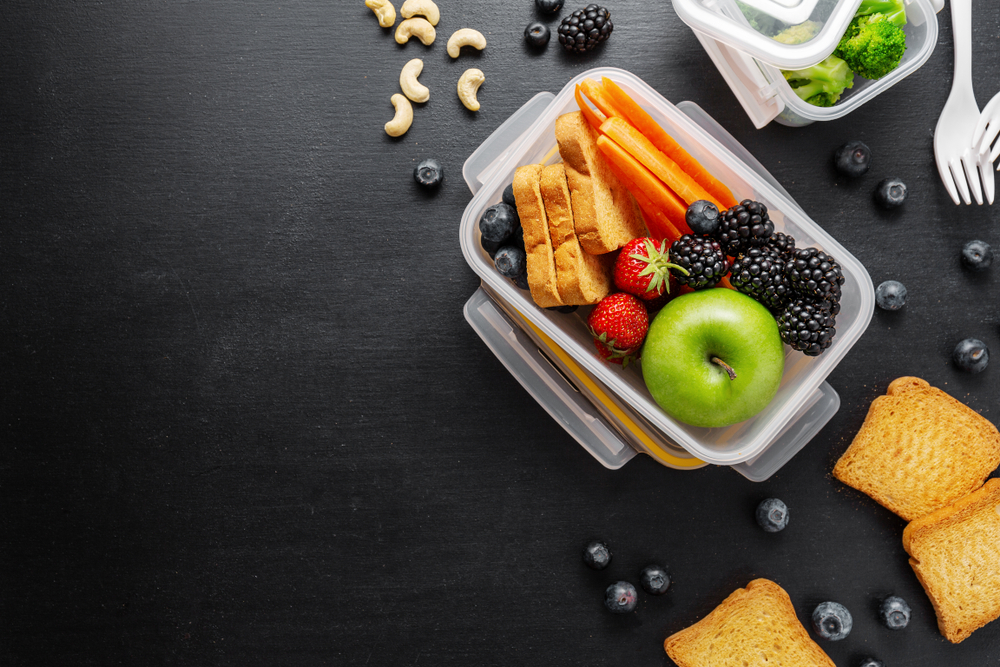We all love a clever shortcut, a quick trick, or a DIY hack that promises to save time, money, or effort. But not all life hacks are created equal. Some that seem harmless—or even genius—can quickly turn into hazards that cause more harm than good.
From minor injuries to serious accidents, the “shortcut culture” has a hidden dark side. Here’s a deeper look at eight life hacks that are far riskier than they first appear, and why you might want to think twice before trying them.
1. Using A Microwave To Dry Wet Shoes
Microwaving wet shoes might seem like a fast and easy fix, especially if you’re in a rush to get out the door. Unfortunately, it’s a disaster waiting to happen. The heat can melt adhesives, warp materials, and in extreme cases, ignite a fire inside the microwave. Leather and synthetic materials can shrink or crack, leaving you with ruined shoes instead of dry ones. A safer alternative is air-drying them with newspaper or using a low-heat setting in a conventional dryer.
2. Storing Food In Plastic Containers In The Freezer
Plastic containers labeled as “freezer safe” are supposed to help you store food safely, right? In practice, certain plastics can release chemicals when exposed to extreme cold, especially if the food is acidic or oily. Over time, this may affect the taste of your meals and, more importantly, your health. Freezing food improperly can also lead to freezer burn or contamination if the container isn’t airtight. Glass containers or BPA-free, tested plastics are far safer options for long-term storage.
3. Using A Knife To Open Paint Cans
It seems convenient: grab a knife, pop the lid, and you’re ready to paint. But using a kitchen knife on a metal paint can often leads to slips, scratches, or even puncture injuries. The blade can slip suddenly, causing cuts to your hand or fingers. Metal paint cans can also bend or dent, making them even harder to close securely afterward. A proper paint can opener or even a flathead screwdriver used carefully is much safer and just as effective.
4. Cutting Corners With Electrical Repairs
Watching a quick online video might make you feel capable of rewiring a lamp or fixing a switch. While DIY electrical fixes can be tempting, electricity is unforgiving. One wrong move could lead to a short circuit, fire, or serious shock. Even seemingly minor repairs carry risks if you don’t fully understand voltage and wiring standards. Calling a licensed electrician is always safer than risking injury for the sake of a few dollars or convenience.
5. DIY Teeth Whitening With Household Products
Some life hacks suggest baking soda, lemon juice, or even hydrogen peroxide as easy teeth whitening solutions. What feels like a simple cosmetic trick can cause enamel erosion, gum irritation, and long-term dental damage. Acids like lemon juice are particularly harsh, and repeated use can permanently weaken your teeth. Dentists recommend safer, professional whitening treatments or at-home products designed for oral health. Instant results aren’t worth long-term dental pain.
6. Hanging A Hammock from Weak Structures
Hammocks look relaxing, and some online tutorials make it seem simple to hang one anywhere. Attaching a hammock to a weak tree branch, poorly anchored hook, or low-quality ceiling mount can end badly. The branch or hook may snap underweight, causing falls and serious injuries. Even if the structure holds, improper installation can result in tipping or uneven balance. Always use verified anchors, proper trees, and installation guides when setting up a hammock.
7. Using Alcohol to Clean Electronics
Rubbing alcohol can kill germs and remove smudges, and it seems harmless to clean your phone or laptop. However, applying too much or using the wrong type of alcohol can damage screens, coatings, or internal circuits. Liquids seeping into electronics can short-circuit components, rendering devices unusable. Even carefully applied, repeated cleaning with harsh chemicals may degrade protective coatings over time. Specialized electronic cleaning wipes or sprays are a much safer solution for keeping gadgets spotless.
8. Jumping On Furniture for Exercise
Social media fitness hacks often suggest using your sofa or coffee table for mini workouts or jumps. While the idea of a quick, space-saving exercise is tempting, furniture isn’t designed for high-impact movement. Jumps can lead to falls, broken furniture, sprained ankles, or even head injuries. Hard surfaces and sharp corners increase the risk dramatically, and DIY exercise setups rarely account for proper safety. A sturdy mat, small trampoline, or dedicated workout equipment is a safer way to get the same results without injury.
Think Twice Before Trying That Hack
Life hacks are exciting, clever, and sometimes genius—but not all shortcuts are worth the risk. Many “harmless” tricks carry hidden dangers that can harm your body, damage your belongings, or even pose long-term health risks. The best approach is curiosity with caution: experiment where it’s safe, verify sources, and always consider the potential consequences.
Have you ever tried a life hack that went spectacularly wrong? Share your stories, insights, or tips in the comments section.
You May Also Like…
10 Money Hacks That Will Instantly Improve Your Financial Life
8 Budget Hacks That Were Impractical for Women in 2025
8 Celebrities Who Promoted Budget Hacks They Had No Business Using
10 U.S. Laws That Are Still Enforced — And Dangerously Outdated
7 Hidden Dangers of Using Your Debit Card Everywhere



Leave a Reply